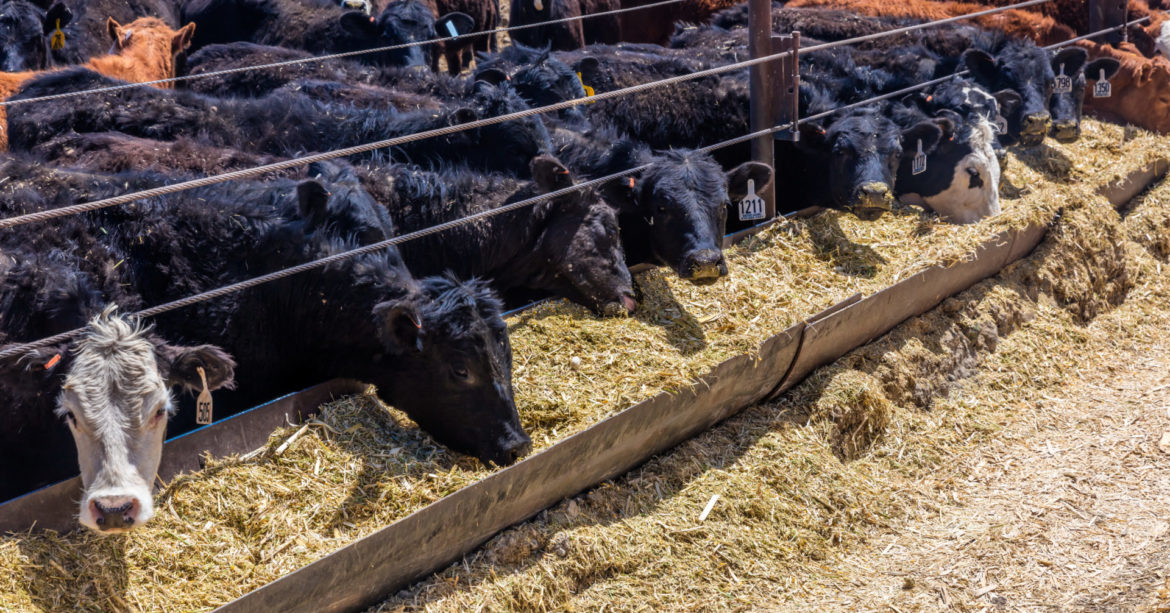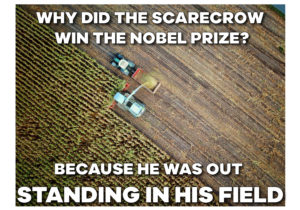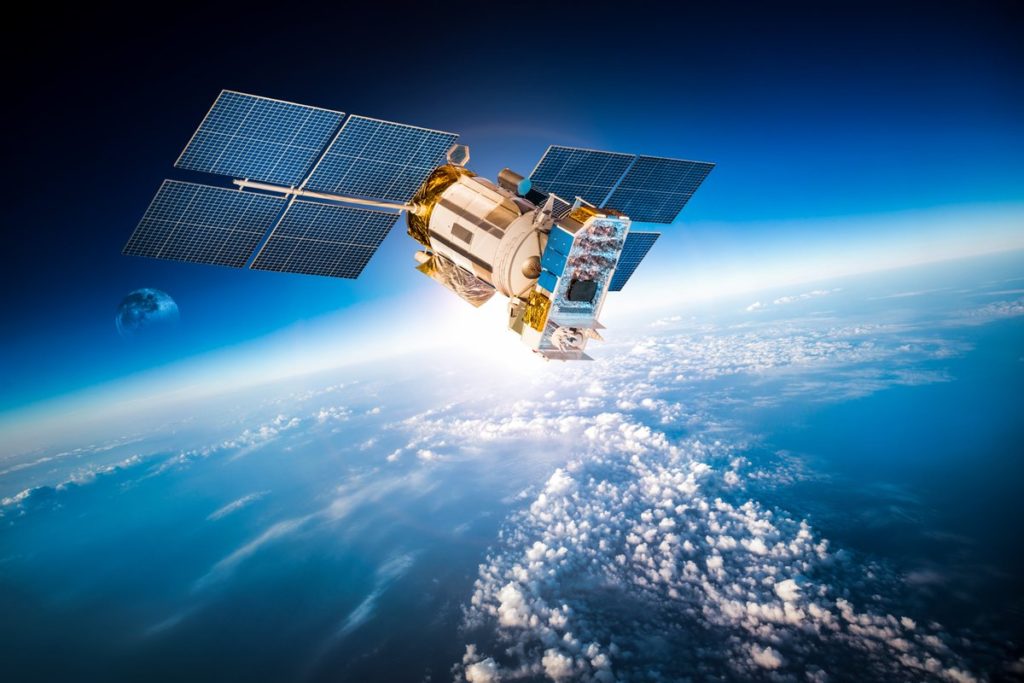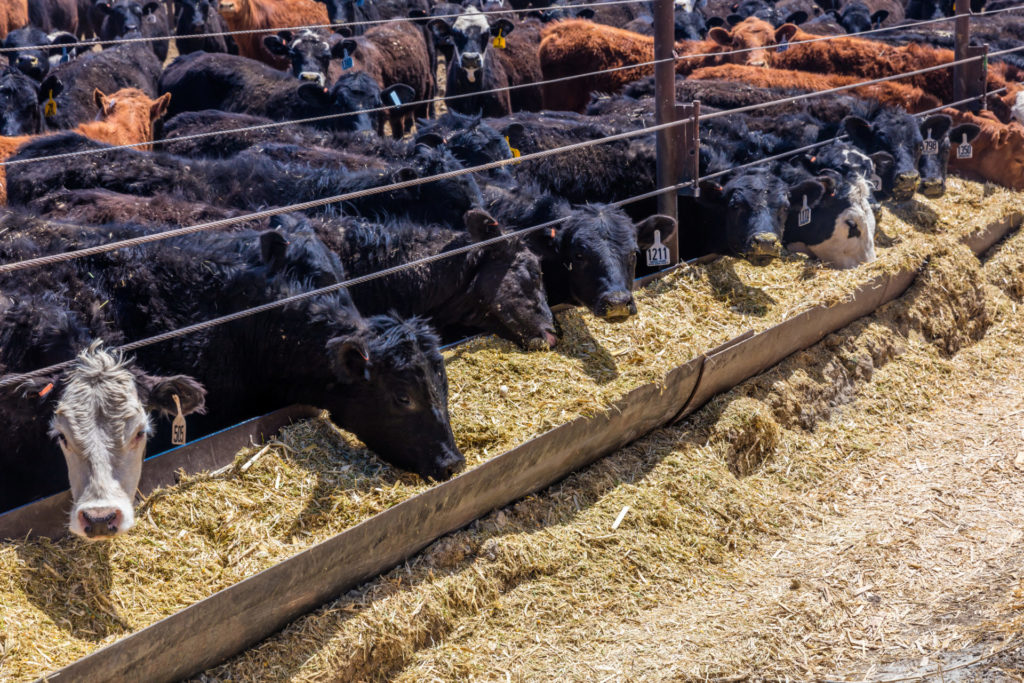How Robotics are Being Used in Cattle Feedlots
The modern robotics age began in 1954 when George Devol invented the first digitally operated and programmable robot. Since then, the field of robotics has become an integral part of many industries.
Now, a new robotics development is helping to improve the efficiency of cattle feedlots. A robot that is known as BunkBot can scan feed bunks and improve the accuracy of feed management. It’s an excellent example of how robotics on cattle feedlots are helping to change the industry.
Key points
- The modern robotics age began in 1954 when George Devol invented the first digitally operated and programmable robot
- The robot BunkBot can scan feed bunks and improve the accuracy of feed management
- BunkBot had an error of just 6.85kg in its predictions. This is compared to an error of 20.86kg for human feed callers.
Need a Quote?
Darwin Cattle Yards
Northern Australia Development
The development of BunkBot
BunkBot was designed by robotics company Manabotix as the result of a project funded by grainfed levies. The project is under the management of Meat & Livestock Australia (MLA) and the Australian Lot Feeders’ Association (ALFA).
 RECOMMENDED ARTICLE
RECOMMENDED ARTICLE
The innovative creation is based on a Warthog UGV (unmanned ground vehicle) which is ideal for the uneven and muddy surfaces in a feedlot. The Warthog UGV has been modified and developed to meet the needs of a lot feeder when managing feed.
This development means that BunkBot uses Global Navigation Satellite System (GNSS) technology to navigate around feedlots. The use of GNSS is made easier by the fact that the Warthog UGV is compatible with the Robot Operating System (ROS) framework.
BunkBot also uses LiDAR to prevent collisions with structures and other objects. This is essential for a device that needs to be used in busy feedlots.
The sensors on BunkBot automatically scan feedlots to see how much feed is present. The results can be used to manage feed accurately.
How BunkBot improves feedlot efficiency
Accurate bunk reading is one of the most important features of effective feedlot management. Usually, this work is done manually by feed callers. They look at the amount of feed that remains in a bunk, to work out feed consumption.
This takes a considerable amount of time; especially in large feedlots. It’s also a job which requires a lot of skill. This is because feed intake has to be managed accurately in order to optimise the performance of the feedlot.
Underfeeding cattle results in poor feed efficiency and longer feeding days. It can also reduce carcass quality. Overfeeding cattle is also a mistake as it leads to feed wastage and potential digestive disorders in cattle.
Overall, this means that bunk management is hugely important. It’s also resource-intensive when carried out by humans.
BunkBot does the same job as human feed callers and the results are more accurate. This means that the human resource can be used elsewhere and that feed is used more efficiently. The result is that feedlot management is more efficient and cost-effective.
In summary
The BunkBot is able to provide accurate and precise predictions of the amount of food that remains in feedlot bunks. This helps to determine feed intake and feed allocation requirements. In field trials, the robot had an error of just 6.85kg in its predictions. This is compared to an error of 20.86kg for human feed callers.
The overall aim of the robot is to improve bunk calls and provide the right amount of cattle feed at the right time. This improves the efficiency of a feedlot. Currently, BunkBot is at the demonstration stage with lot feeders able to see the benefits that it can bring to their feedlots.
RECOMMENDED ARTICLES
How Robotics and Automation will Change Australian Businesses – Entegra Signature Structures
Anna Creek – The Biggest Cattle Station in Australia – Entegra Signature Structures
The Red Stone and The Herd – Entegra Signature Structures
Rain, hail or shine, Wagyu thrive – Entegra Signature Structures
How does weather affect cattle? – Entegra Signature Structures
https://beef.unl.edu/consistency-key-proper-feed-bunk-management


 RECOMMENDED ARTICLE
RECOMMENDED ARTICLE
